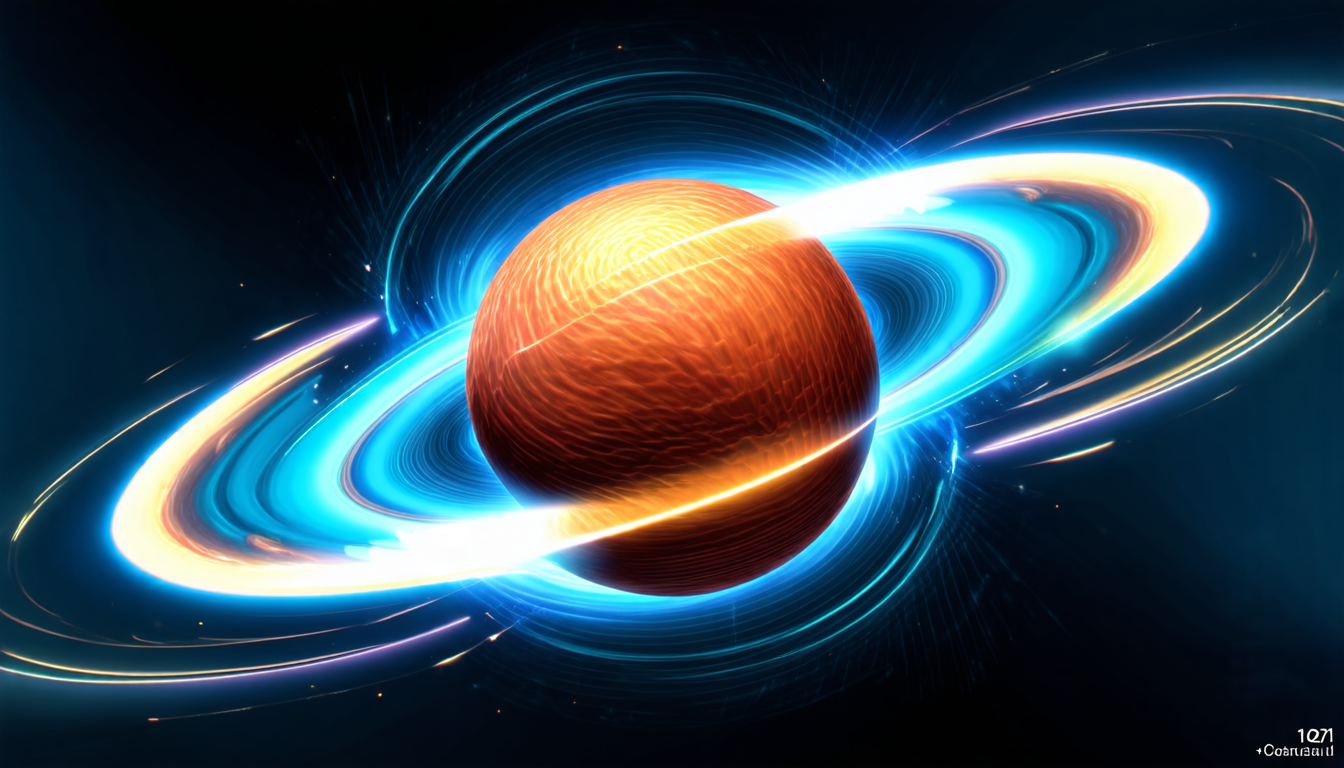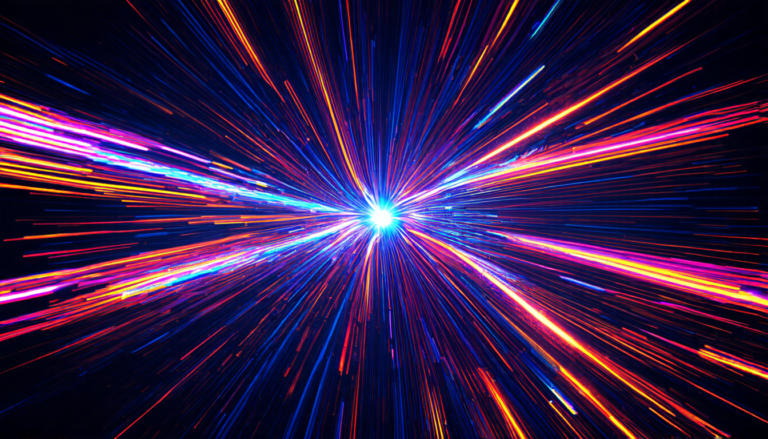Tuesday 22 April 2025
Physicists have long struggled to accurately predict the properties of atomic nuclei, tiny particles that make up everything around us. One major challenge is extrapolating results from smaller, more manageable calculations to larger, more complex systems. A new approach using machine learning has shown promising results in tackling this problem.
The no-core shell model (NCSM) is a powerful tool for studying nuclei, but it’s limited by the size of the calculation. The more complex the nucleus, the bigger the calculation becomes, and the longer it takes to complete. To get around this, scientists use extrapolation methods to predict properties like energy levels and radii from smaller calculations.
A team of researchers has developed a new machine learning-based method for extrapolating NCSM results. They trained an ensemble of artificial neural networks on data from smaller NCSM calculations and used them to predict the properties of larger nuclei. The results were surprisingly accurate, with predictions that matched experimental values within a small margin of error.
The team tested their approach by predicting the energy levels and radii of several light nuclei, including 6He and 6Li. These nuclei are particularly interesting because they have unusual properties, such as halos around their outer edges. The machine learning model was able to accurately capture these features, providing valuable insights into the structure of these nuclei.
One of the key benefits of this approach is its ability to handle large datasets quickly and efficiently. Traditional extrapolation methods can be time-consuming and computationally intensive, but the machine learning model can process data much faster. This makes it an attractive option for researchers who need to study complex nuclei with high precision.
The team’s results have significant implications for our understanding of atomic nuclei and their properties. By developing more accurate extrapolation methods, scientists can gain a deeper understanding of nuclear structure and behavior. This knowledge could potentially lead to breakthroughs in fields like nuclear medicine, energy production, and materials science.
While this approach is still in its early stages, the results are promising. As researchers continue to refine and improve their machine learning model, we can expect even more accurate predictions and a deeper understanding of the tiny particles that make up our universe.
Cite this article: “Unlocking Nuclear Secrets with Machine Learning”, The Science Archive, 2025.
Machine Learning, Atomic Nuclei, Nuclear Physics, No-Core Shell Model, Ncsm, Extrapolation, Artificial Neural Networks, Nuclear Structure, Energy Levels, Radii







